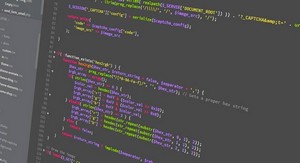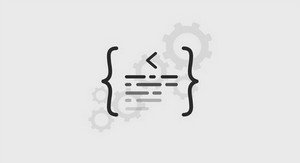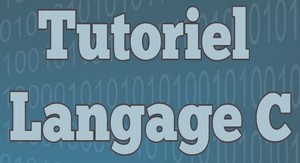Cours How to Build a Perfect Database Every Time, tutoriel & guide de travaux pratiques en pdf.
How to Build a Perfect Database Every Time
Building a good database is not rocket science. It is, however, computer science. If you can learn C++, you already possess enough computer science savvy to learn the science of building good databases. A good database has a flexible design, speedy performance, and efficient capacity and is adaptable to meet today’s, and future, requirements.
Your first design decision is to choose which database model to use for your application. There are several database models to choose from, including flat file, object, and relational.
One particular database model offers a unique combination of power, flexibility, and universal acceptance. That model is the relational model.
The relational model enables you to build databases that can be implemented on all popular computing platforms, including mainframes, servers, PCs, and even some handheld machines. Most popular programming languages can communicate with databases that adhere to the relational model.
The relational model also provides enough abstraction to enable you to add elements and features to the database without having to recompile and redistribute the code for the applications that use it. This level of abstraction also enables you and your customers to retrieve combinations of data from the database that you hadn’t anticipated needing at the time that the database was created.
Support for the Relational Database Model in the Visual C++ Developer Studio
E.F. Codd, a computer scientist from IBM, first formulated relational theory in 1970 commercially available relational database system (RDBMS) was Oracle. Many relational database systems have become commercially available since then. It is interesting to note that the relational database systems commercially available do not fully implement Codd’s relational theory.
The relational model is based on relational calculus, a complex mathematics, but some fundamental principles of the model make it easy to use. You can get up and running right away with the basics of the relational model and learn the advanced portions of it later as the need arises.
The Visual C++ Professional and Enterprise Editions provide built-in support for the relational database model. You can view and modify the contents of relational databases inside the Visual C++ Developer Studio.
Installing the Database Components for Visual C++
First, you need to make sure that you have installed the necessary Visual C++ database components.
These components consist of ODBC drivers and OLE DB providers. To install these (or to verify that they’re already installed), run the Visual Studio 6 setup program. Your first screen will look like Figure 2.1.
Click the OK button on the Data Access dialog to return to the Maintenance setup dialog. The bottom right of the dialog shows the number of components you are adding. If that number is zero, the database components you need for this book are already installed. You can click the Cancel button and exit the setup program.
If the number of components to add isn’t zero, click the Continue button. The setup program will install the OLE DB providers and ODBC drivers you need for this book.
After the OLE DB providers and ODBC drivers are installed, you need to install the author’s examples from the CD-ROM included with this book. The examples include a Microsoft Access database file, VCDb.mdb, which is used in examples throughout this book. Follow the installation instructions for the CD in order to install the author’s examples.
Setting Up an ODBC Data Source for the Sample Database
You need to set up the sample database VCDb.mdb as an ODBC data source on your machine. This is done with the 32-bit ODBC applet in the Control Panel.
Run the 32-bit ODBC applet, which will display a dialog that enables you to create, edit, and delete ODBC data sources (see Figure 2.7). An ODBC data source is also called a Data Source
Introduction
Week 1 at a Glance
Chapter 1 Choosing the Right Database Technology
Chapter 2 Tools for Database Development in Visual C++ Developer Studio
Chapter 3 Retrieving Data Through Structured Query Language (SQL)
Chapter 4 Retrieving SQL Data Through a C++ API
Chapter 5 Adding, Modifying, and Deleting Data
Chapter 6 Harnessing the Power of Relational Database Servers
Chapter 7 Database Design
Week 1 in Review
Week 2 at a Glance
Chapter 8 Utilizing the Capabilities of Database Servers
Chapter 9 Understanding COM
Chapter 10 Database Client Technologies and the Secrets of ADO
Chapter 11 Multitier Architectures
Chapter 12 Using Microsoft Transaction Server to Build Scalable Applications
Chapter 13 Melding Object-Oriented Programming with Relational Databases
Chapter 14 Legacy Database APIs
Week 2 in Review
Week 3 at a Glance
Chapter 15 The ODBC API and the MFC ODBC Classes
Chapter 16 The Ultimate Database API: OLE DB
Chapter 17 Accessing a Data Source with OLE DB
Chapter 18 Querying a Data Source
Chapter 19 Navigating the Result of a Query
Chapter 20 Properties, Transactions, and Indexes
Chapter 21 OLE DB Error Handling
Week 3 in Review



